"Galaxies: The Universe's Masterpiece"
"Everybody is their own galaxy, their own separate entity." - Weyes Blood
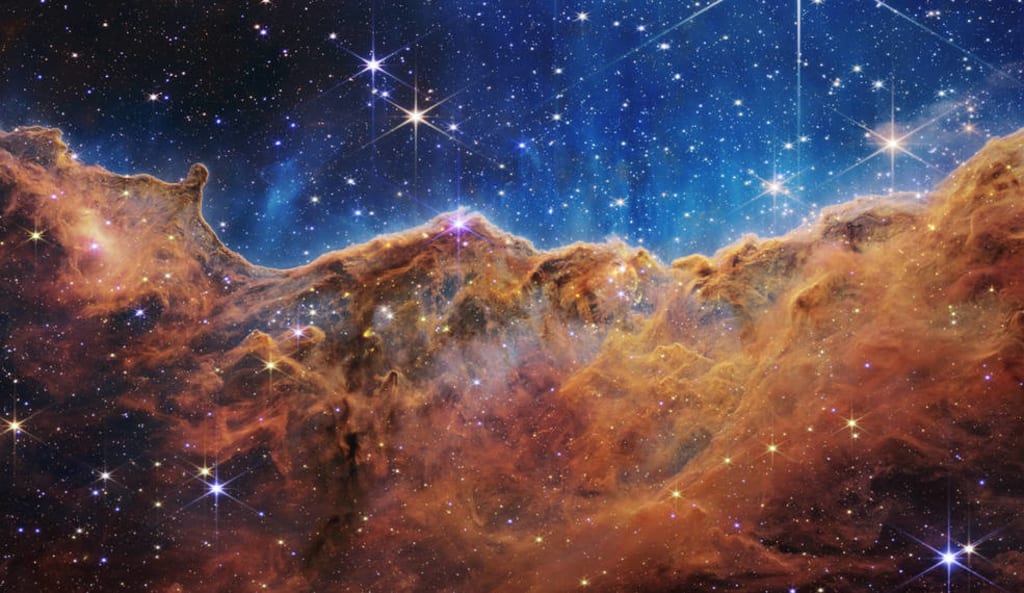
WHAT IS GALAXY?
A galaxy is a collection of stars, gas, dust, and dark matter bound together by gravity. There are many different types of galaxies, including spiral, elliptical, and irregular. The Milky Way, the galaxy that contains our solar system, is a barred spiral galaxy. It has a flat disk with spiral arms that contain a mixture of young and older stars, and a central bar. The disk is surrounded by a halo of older stars and globular clusters. The Milky Way is estimated to contain between 100 and 400 billion stars and a supermassive black hole at its center. Galaxies can also contain gas, dust, and other types of matter that can be used to form new stars. The study of galaxies is known as galaxy formation and evolution, which is an active area of research in modern astrophysics.
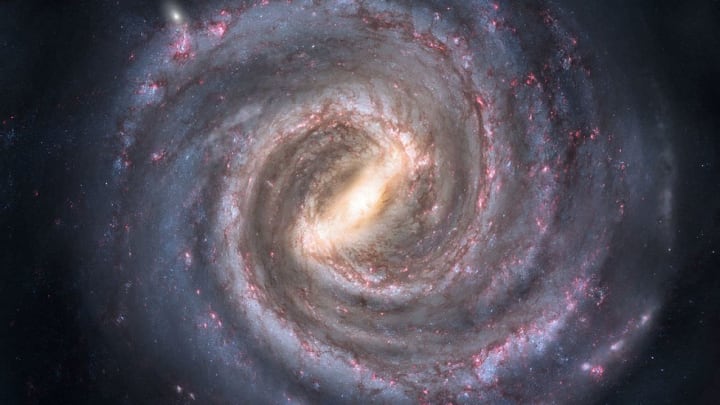
TYPES OF GALAXIES
There are several different ways to classify galaxies, but one of the most widely used methods is based on their visual appearance. According to this classification scheme, there are three main types of galaxies: spiral, elliptical, and irregular.
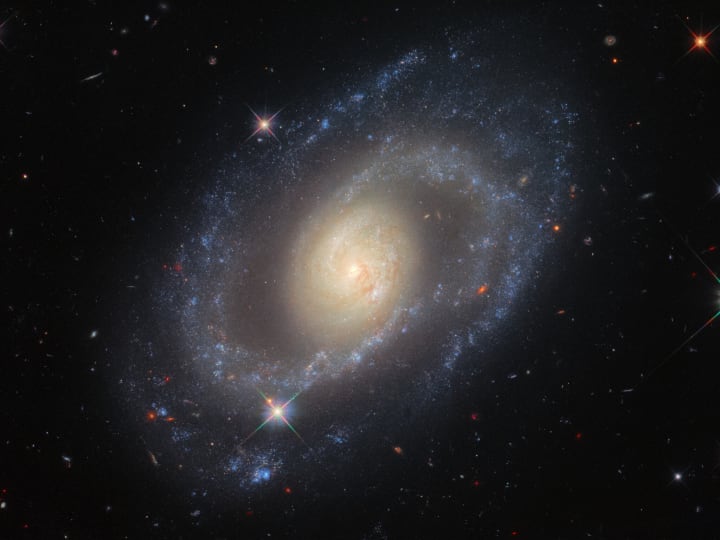
Spiral galaxies have a flat disk with spiral arms that contain a mixture of young and older stars, and a central bulge. These galaxies often have a lot of gas and dust, and are actively forming new stars.
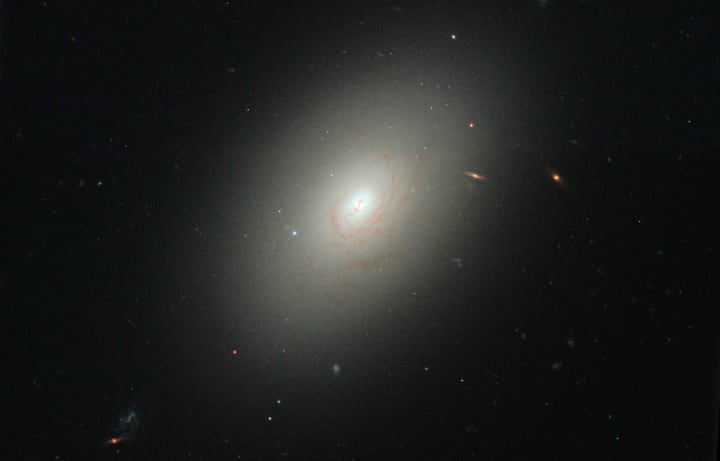
Elliptical galaxies have a smooth, round shape and contain mostly older stars. They have little gas and dust, and do not form new stars
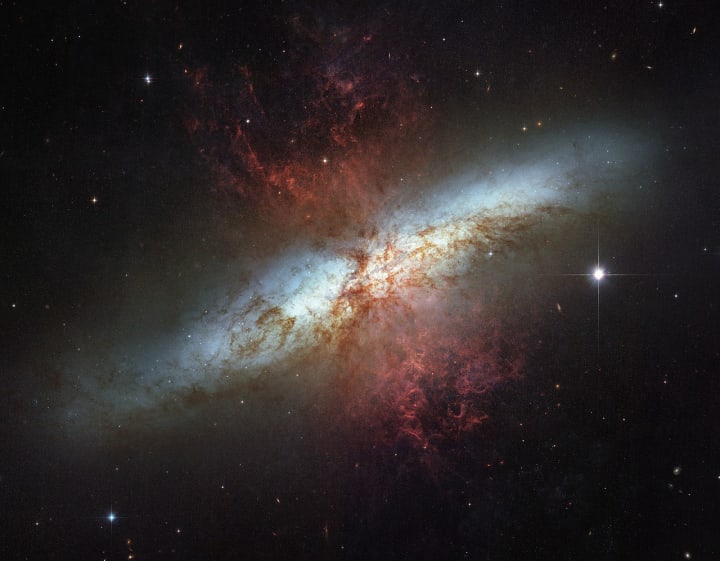
Irregular galaxies have a non-uniform shape and contain a mixture of young and older stars. They have a lot of gas and dust, and are actively forming new stars.
In addition to these three main types, there are also a few subcategories, such as barred spiral galaxies, lenticular galaxies, and irregular dwarf galaxies.
It's worth noting that this classification is based on the visible appearance of galaxies, and as our understanding of galaxies evolve, this classification scheme may change, and new types can be added.
WHAT ARE THE NAMES OF GALAXY?
There are billions of galaxies in the observable universe, and many of them have been named by astronomers. Here are a few examples of well-known galaxies:
The Milky Way: Our galaxy, which contains our solar system.
Andromeda Galaxy: Also known as M31, this spiral galaxy is located approximately 2.5 million light-years away and is one of the closest galaxies to the Milky Way.
Triangulum Galaxy: Also known as M33, this spiral galaxy is located approximately 3 million light-years away and is a member of the Local Group of galaxies, which also includes the Milky Way and Andromeda.
Whirlpool Galaxy: Also known as M51, this spiral galaxy is located approximately 23 million light-years away and is famous for its beautiful spiral structure.
Sombrero Galaxy: Also known as M104, this spiral galaxy is located approximately 28 million light-years away and is known for its large central bulge and prominent dust lane.
Cigar Galaxy: Also known as M82, this irregular galaxy is located approximately 12 million light-years away and is known for its elongated shape and intense star formation.
Pinwheel Galaxy: Also known as M101, this spiral galaxy is located approximately 21 million light-years away and is known for its grand design spiral structure.
Tadpole Galaxy: Also known as UGC 10214, is a galaxy located about 420 million light-years away from Earth in the constellation Draco. It is known for its unique shape, which includes a bright head and a long tail of stars.
This is just a small sample of the many galaxies that have been discovered and named by astronomers. There are many more galaxies out there waiting to be discovered, and new discoveries are made all the time.
ABOUT GALAXY:
The study of galaxies is known as galaxy formation and evolution. It is an active field of research in astronomy, trying to understand how and when galaxies were formed, how they have evolved over time, and the processes that drive their evolution.
Scientists believe that galaxies formed in the early universe as small fluctuations in density collapsed under the influence of gravity, eventually forming the first galaxies. Over time, these galaxies collided and merged to form the larger galaxies we see today.
The Milky Way galaxy is estimated to contain around 100 billion stars and a similar number of planets. It is also thought to contain a massive black hole at its center, which has a mass of around 4 million times that of the sun.
It is also believed that the galaxy is surrounded by a massive halo of dark matter, which makes up around 85% of the galaxy's total mass. This dark matter is still not completely understood, but it is thought to play a crucial role in the formation and evolution of galaxies.
About the Creator
Vivin Akshay
“I believe that writing is derivative. I think good writing comes from good reading.”
― Charles Kuralt
Reader insights
Outstanding
Excellent work. Looking forward to reading more!
Top insights
Compelling and original writing
Creative use of language & vocab
Easy to read and follow
Well-structured & engaging content
Expert insights and opinions
Arguments were carefully researched and presented
On-point and relevant
Writing reflected the title & theme




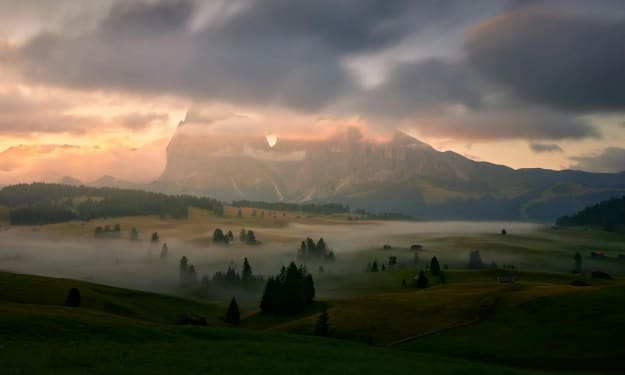

Comments (1)
Sometimes I can be such a two-dimensional thinker and then at other times, I actually surprise myself. This piece really gets me thinking! I have always wondered how any hole, even a "black hole", can have mass, when it almost seems like the absence of mass. Ya know? I was working on a piece for the "New Worlds" contest and when I found that our fragile human bodies share the same properties as starlight, and I couldn't help waxing existential. It's not as good as yours because this piece is so rooted in truth and is SO well written, but if you'd ever like to read my story, the link is below. It was all I could do to get it up to 600 words. LOL! https://vocal.media/fiction/baptized-in-starlight